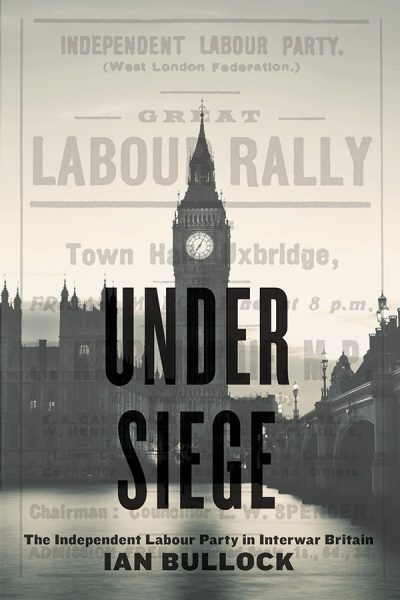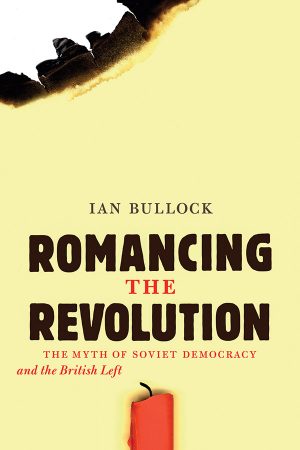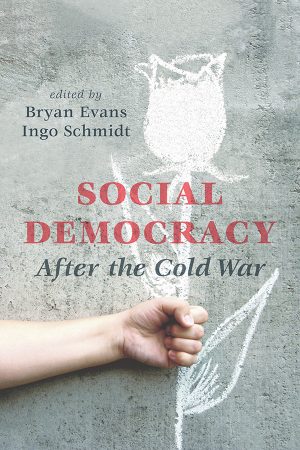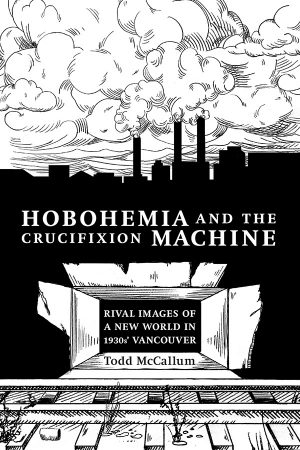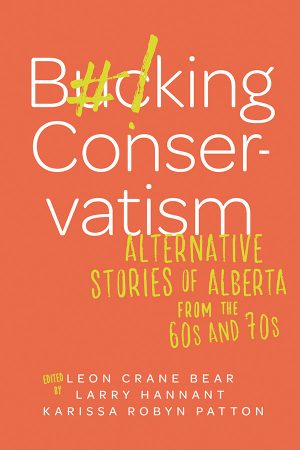Subjects: British History, History, Political History, Political Science, Political Theory
Imprint: AU Press
- 9781771991551 (paperback)
- 9781771991568 (pdf)
- 9781771991575 (epub)
During the period between the two world wars, the Independent Labour Party (ILP) was the main voice of radical democratic socialism in Great Britain. Founded in 1893, the ILP had, since 1906, operated under the aegis of the Labour Party. As that party edged nearer to power following World War I, forming minority governments in 1924 and again in 1929, the ILP found its own identity under siege. On one side stood those who wanted the ILP to subordinate itself to an increasingly cautious and conventional Labour leadership; on the other stood those who felt that the ILP should throw its lot in with the Communist Party of Great Britain. After the ILP disaffiliated from Labour in 1932 in order to pursue a new, “revolutionary” policy, it was again torn, this time between those who wanted to merge with the Communists and those who saw the ILP as their more genuinely revolutionary and democratic rival. At the opening of the 1930s, the ILP boasted five times the membership of the Communist Party, as well as a sizeable contingent of MPs. By the end of the decade, having tested the possibility of creating a revolutionary party in Britain almost to the point of its own destruction, the ILP was much diminished—although, unlike the Communists, it still retained a foothold in Parliament.
Despite this reversal of fortunes, during the 1930s—years that witnessed the ascendancy of both Stalin and Hitler—the ILP demonstrated an unswerving commitment to democratic socialist thinking. Drawing extensively on the ILP’s Labour Leader and other contemporary left-wing newspapers, as well as on ILP publications and internal party documents, Bullock examines the debates and ideological battles of the ILP during the tumultuous interwar period. He argues that the ILP made a lasting contribution to British politics in general, and to the modern Labour Party in particular, by preserving the values of democratic socialism during the interwar period.
Reviews
Bullock’s book focuses as much on the development of the ILP’s policy as on the factional disputes, and the coverage of the ILP’s political advocacy in the 1920s, including its living wage campaign, is excellent, bringing to the fore some of the ILP’s leading thinkers such as Fred Jowett, Fred Henderson, Frank Wise, John Middleton Murry, Arthur Creech Jones, Charles Trevelyan, and Noel Brailsford, socialist theorists and activists from whom we can learn much.
Chartist
Table of Contents
- List of Abbreviations
- Acknowledgements
- Introduction
- Part I. Searching for a New Role
- 1. Democracy, Foreign Policy, and Parliamentary Reform: The Legacy of F. W. Jowett
- 2. An Existential Dilemma: Reactions to the Labour Party’s 1918 Constitution
- 3. Ramsay MacDonald and the ILP: A Mutual Ambivalence
- 4. A “Distinctive Program”: Variations on the Way Forward
- 5. The 1922 Constitution and the Allen Regime
- Part II. Socialism in Our Time?
- 6. The Rise of MacDonald and the First Labour Government
- 7. Preparing the Ground for the Living Wage Policy
- 8. The Year of the General Strike—and of The Living Wage
- 9. Pursuing the Living Wage Policy
- 10. James Maxton and Increasing Tension with Labour
- Part III. Leaving Labour
- 11. The Second Labour Government
- 12. The Road Towards Departure
- 13. Disaffiliation Wins the Day
- 14. What Is a Revolutionary Policy?
- 15. Turbulent Waters: A United Front—or a United ILP?
- Part IV. Unity Remains Elusive
- 16. Lancashire Revolts: Continuing Conflict over the United Front
- 17. The Abyssinian Crisis and the Fate of Democratic Centralism
- 18. Soviet Foreign Policy and the League of Nations: Growing Criticism in the ILP
- 19. The ILP and the USSR: From Doubt to Disillusionment
- 20. Calls for Unity as War Approaches
- 21. The Ex-ILP: A Case for Continuity
- Conclusion: The Legacy of the ILP’s Interwar Years
- Notes / Bibliography / Index
This work is licensed under a Creative Commons License (CC BY-NC-ND 4.0). It may be reproduced for non-commercial purposes, provided that the original author is credited.
